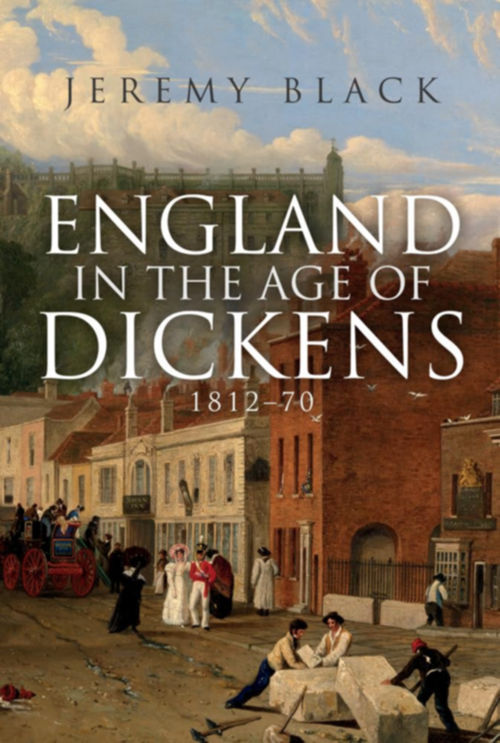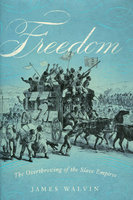Regarded as the chronicler of Victorian England, Charles Dickens (1812-70) died with 32 years of Queen Victoria's reign still to go. His life overlapped with that of Jane Austen and the writers of Romanticism notably Robert Southey and William Wordsworth who were Poet Laureates from 1813-1843 and 1843-1850 respectively. The action of Great Expectations can be dated to 1807-26, while Little Dorrit was set when there were no railways. In many respects Dickens was most comfortable with dealing with these earlier days, describing reality and handling travel by coach with a better sensitivity to events and moods than travel by train. His concerns with capital, income, social opportunity and class are still pertinent today. In Nicholas Nickleby he writes: 'Cases of injustice, and oppression, and tyranny, a most extravagant bigotry, are in constant occurrence among us every day.' Beginning with an overview of the age of Dickens, prolific writer and historian professor Jeremy Black guides us through the biographies and writings of the great Charles Dickens to show how his work not only expressed his experience of Victorian England, but also defined it for generations to come. Then there is government from the Circumlocution Office to Britain as the supreme imperial power and also a valuable account of Dickens's relationship with America. He travelled extensively by train and crossed the Atlantic to the United States by steamer. Dickens describes a culture - popular, middle and élite - and at the same time creates one and Professor Black differentiates the two and shows how they interact. For example epidemics provide Dickens with opportunities to write about the diseased character of London circumstances, and encourage debate about over the causes of mortality like London's 'fermenting sewer' and the filthy Thames polluted by factories, sewage and steamships. Chapters also cover crime and the press, government, public order and pressure for change, culture, the 1800s through to the 1860s, Britain and the world and Dickens in retrospect among them. With John Snow's Map of Cholera Cases 1854, Charles Booth's Map of London Poverty 1889 and 16 pages of colour and contemporary etchings and illustrations including Whistler's The Pool and Black Lion Wharf. 284pp.
Additional product information








